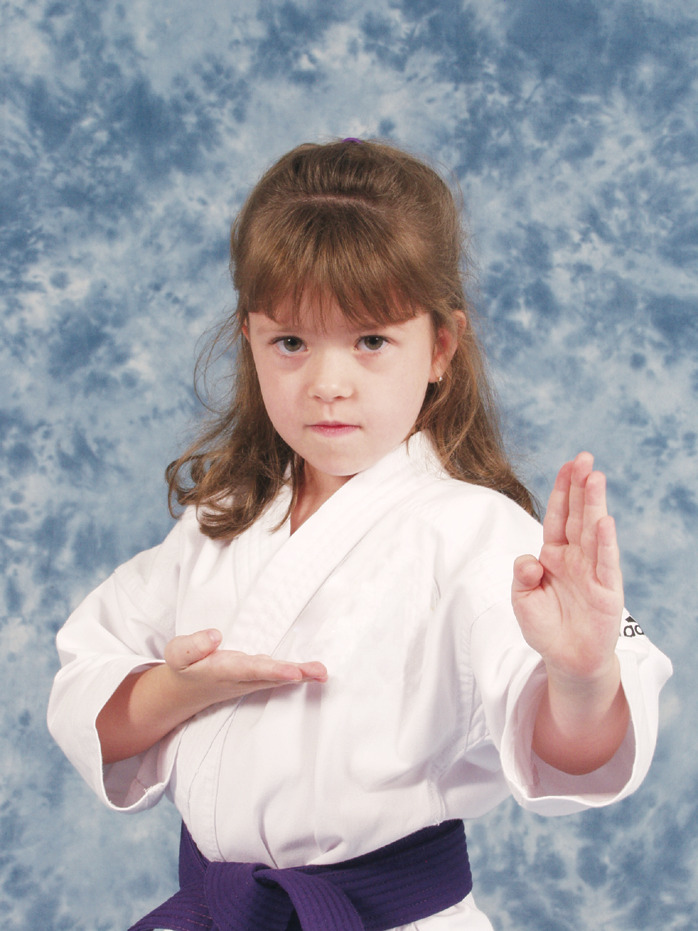I made a mistake at my fourth-degree black belt test. Grandmaster (GM) Gascon called me up, “Bagnas, get up here.”
I was sitting crisscross, so my feet got stuck in my pant leg sleeve. As I got up, I fell over into a judo roll. But that wasn’t the first or biggest mistake. I began my Rooster Kata, but my mind was on my embarrassing fall. I forgot the next part of the kata. I just did a few moves of strikes and blocks until the kata moves came back to my mind.
After I completed the Rooster Kata in front of the entire Karazenpo Go Shinjutsu advancement board, GM Gascon said, “Hmm, I don’t recall that middle part.”
Anyone can make a mistake in kata. It’s natural, even after years of practice.
The most complicated component of Hawaiian Kempo Karate is learning kata. The execution is precise and challenging. Memorizing and performing all the hand, foot, and balance movements takes a lot of practice. During that learning period, you’ll make plenty of mistakes. Here are common mistakes made in kata:
1. Turning the Hips Too Much in Your Half-Moon Stance
Maintaining the correct hip alignment in your half-moon stance is crucial. Over-rotating your hips can throw off your balance and weaken your stance. Focus on keeping your hips aligned with your shoulders to maintain stability and power.
2. Not Snapping the Hands Back in Elbow Position While Punching
A common mistake is not snapping the hands back to the correct position after a punch. This affects the fluidity of your kata and reduces the effectiveness of your strikes. Practice snapping your hands back quickly to develop muscle memory and ensure proper technique.
3. Dangling Hands and Arms
Letting your hands and arms dangle can make your kata look sloppy and uncoordinated. Keep your hands and arms engaged and in proper position throughout the movements. This helps maintain the integrity of your form and enhances your overall performance.
4. Not Looking Before Moving
It’s essential to look before you move to ensure accurate and intentional movements. This prevents mistakes and helps you anticipate and react to imaginary opponents in your kata. Make it a habit to glance in the direction of your next move before executing it.
5. Taking Steps That Are Too Big or Stepping Backwards with Small, Narrow Steps
Your steps should be measured and intentional. Taking too big steps can disrupt your balance while taking small, narrow steps can limit your mobility and power. Practice taking consistent, balanced steps to improve your kata.
6. Not Snapping Your Strikes
Snapping your strikes adds speed and power to your movements. Failure to snap your strikes can make them look weak and ineffective. Focus on delivering sharp, quick strikes to maximize their impact. Use your hip rotation to create the snap. The hip drives all action, controls the torque in strikes, and holds the core taut for power.
Improving Your Kata: A Step-by-Step Approach
The best way to improve kata is to take your mistakes and fix them one at a time. Here’s a systematic approach to refining your kata:
- Identify the Mistake: Start by recognizing a specific mistake in your kata.
- Focus on the Mistake: Practice the kata five times, concentrating on correcting that one mistake.
- Move to the Next Mistake: Once you feel confident fixing the first mistake, identify another and repeat the process.
- Repetition: This method provides the repetition needed to make the correct form stick in your mind and body.
Doing things purposefully and systematically makes a profound difference when learning or improving a skill. In kata, you coordinate arms, legs, body movement, and balance into a smooth routine. Mistakes happen, but the tips above will help you improve. Take inspiration from the old phrase, “Step by step. Inch by inch.”
Train Hard, Practice Precisely
Remember, progress in martial arts is about consistent practice and attention to detail. Every small improvement builds towards mastering your kata. You must seek perfect practice to instill proper muscle memory to improve any skill. You are what you practice, and what you practice is how you will react.
Elevate Your Training
Need more help with your kata or other techniques? Sign up for private lessons with one of our professional instructors and coaches. They’ll be happy to spend some time fine-tuning your material. Call the office to set up your appointment today. Start your journey to mastering kata with personalized guidance and support!



